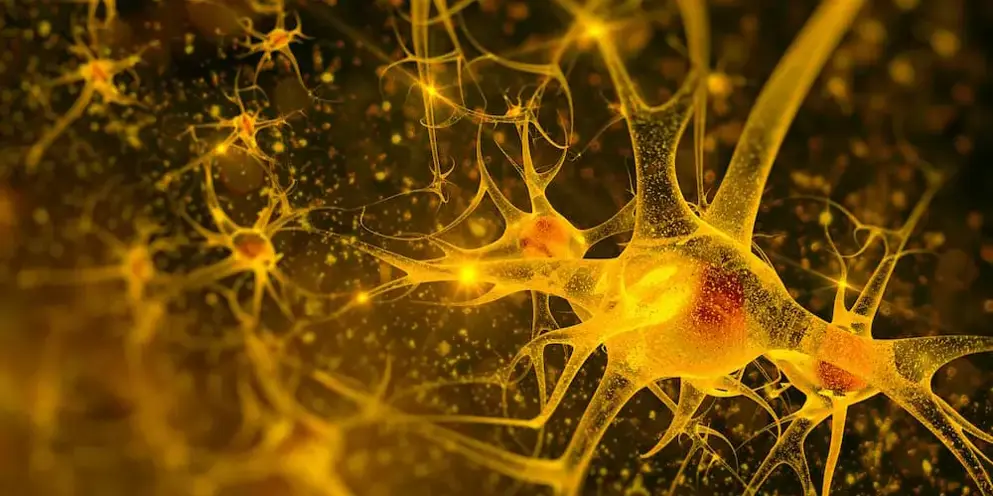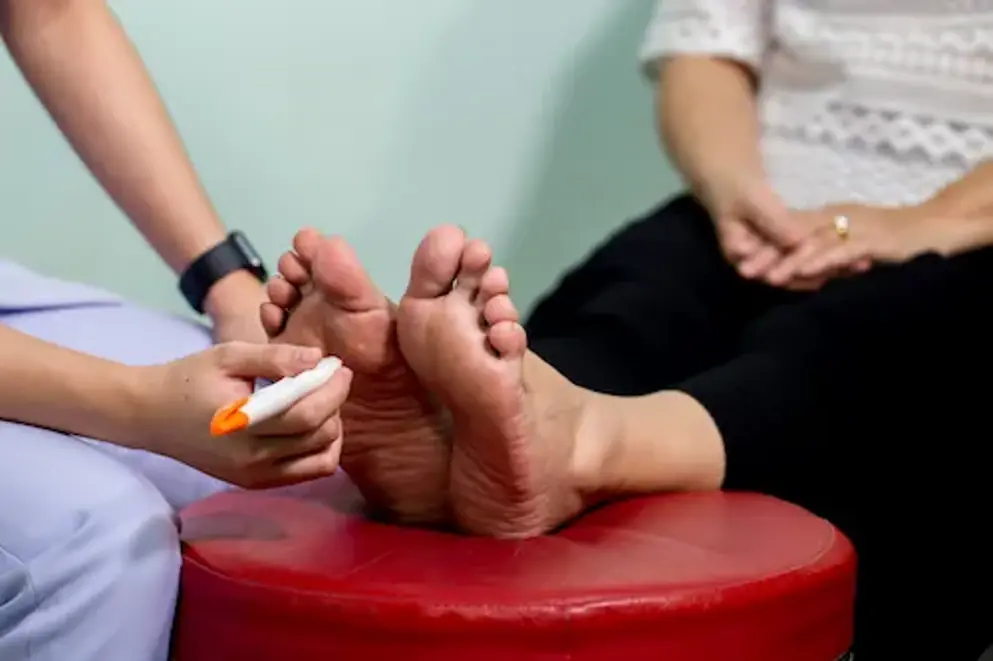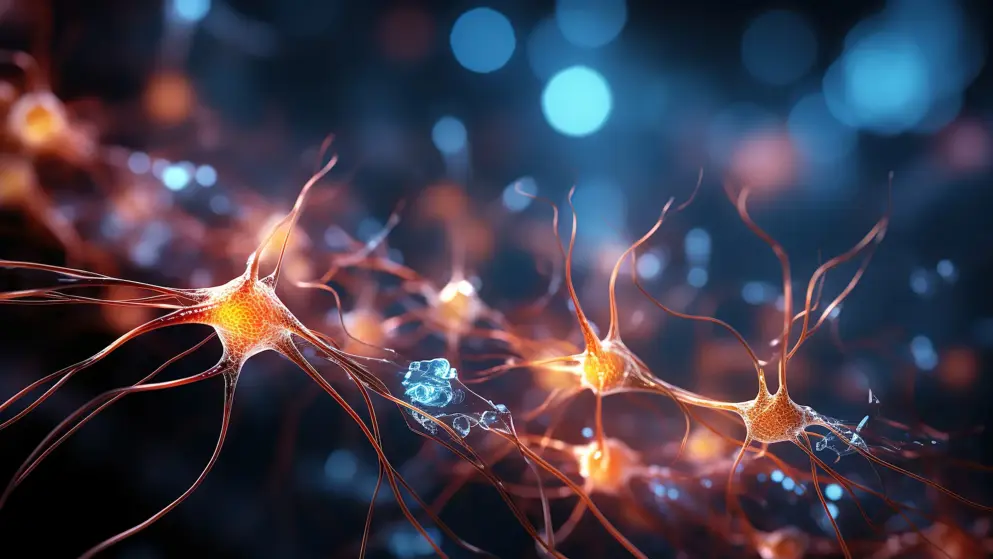
People with CIDP reveal treatment priorities
By Kayla Lee
A qualitative study published in Neurology and Therapy suggests that weakness and fatigue are the top treatment priorities for people with chronic inflammatory demyelinating polyneuropathy (CIDP).
Anna Roberts (Adelphi Values, Bollington, UK) and study co-authors aimed to address the lack of evidence specific to the patient experience of CIDP in the existing literature.
To this end, they conducted semi-structured interviews with 15 adults from the USA with a confirmed diagnosis of typical CIDP (93%), pure motor CIDP, or Lewis Sumner atypical CIDP, verified by clinical and diagnostic criteria, or a self-reported diagnosis supported by official documentation.
To provide a clinical perspective, they also interviewed 10 neurologists from the USA with between 20 and 34 years’ clinical expertise in CIDP diagnosis and treatment.
This revealed 19 key signs and symptoms, with weakness, fatigue, loss of balance, tingling, numbness, pain, and loss of coordination being the most frequently reported by both patients and neurologists. Except for loss of coordination, these symptoms were seen as the most significant by patients interviewed, being highlighted by more than 80% of participants, who gave them an average score of greater than 5 on a 0–10 scale.
Fatigue was the most bothersome symptom, with weakness and fatigue being key treatment priorities.
Interestingly, almost all neurologists interviewed also highlighted weakness as the most important symptom to treat (n=9) and the primary outcome to measure in clinical trials (n=8).
Roughly half of the participants were classified as standard of care (SOC)-treated (53%) and the rest as SOC-refractory (47%). At the time of the interview, the vast majority (87%) were undergoing intravenous immunoglobulin therapy. Some also reported using corticosteroids like methylprednisolone (40%) or receiving plasma exchange (20%).
Patients indicated that existing treatments for CIDP were insufficient in addressing certain symptoms (e.g., pain, weakness, and numbness), were associated with adverse side effects, and negatively affected their ability to maintain independence. They reported that while treatments could be effective, the relief was often short-lived, with symptoms recurring between cycles.
The researchers state that “the present study provides a more in-depth understanding of the patient experience of CIDP signs and symptoms than was previously available.” That said, they note possible limitations, including a smaller proportion of males, few patients over 50 years old, and all participants being based in the USA.
The authors conclude that the results “can be used to inform CIDP drug development and evaluation.”
Developed by EPG Health for Medthority, independently of any sponsor.



